As many of us are confined to our homes and have to survive side by side with our family members 24/7, I would recommend reading the little masterpiece by Louisa May Alcott, focused on a big American family whose peaceful life was interrupted by the Civil War. This winter I devoured this book with great pleasure and watched the two movie adaptations one by one. The older one, which appeared in1994, was directed by Gillian Armstrong, and the new one, was directed by Greta Gerwig.

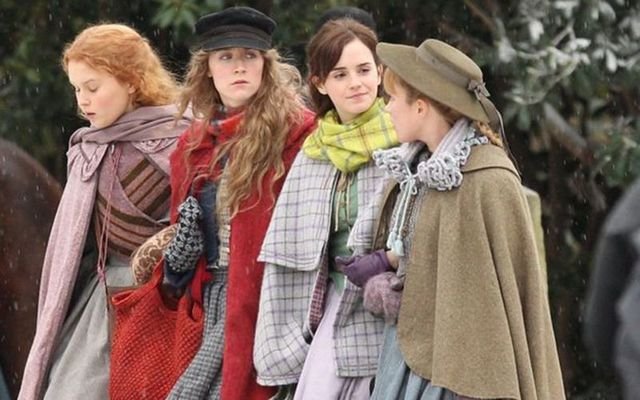
While I am head-over-heels into sci-fi, dark fantasy and horror, this doesn’t mean I only watch these kinds of movies. Like an adventurer who sometimes needs a quiet corner to rest, I don’t miss a chance to enjoy something heartwarming. What I love about the screen adaptations, they avoided the preachy tone the author sometimes takes.
The book and the films tell us the story of four teenage sisters - Meg, Jo, Beth and Amy- who live with their mom Marmee and wait for their dad to come home from the war. We get immersed in the daily life of the girls with their emotions, hopes, dreams and the search of love and friendship.
The modest income of the family has early taught them to stand on their own two feet and to take care of themselves and each other, but they also know how to have fun together and find time to help other, less lucky people. Their parents, though religious, have quite progressive views for the mid-19 century. They encourage independence and allow the girls to seek their own path in life and learn by their own mistakes, and this has played a crucial role in what kind of women these girls have become.
The main character
Who has coped better with the role of rebellious young writer Jo March? Saoirse Ronan in Gerwig’s movie has become the perfect tomboy Jo, as I imagined her while reading the novel. Wynona Ryder’s acting is fine, but she’s a bit too tender and refined for this kind of character. She would look more natural as the softer and prettier Meg. I would note that Ronan would be great as Cirilla of Cintra in “The Witcher”, had the showrunner be more adequate with the casting.
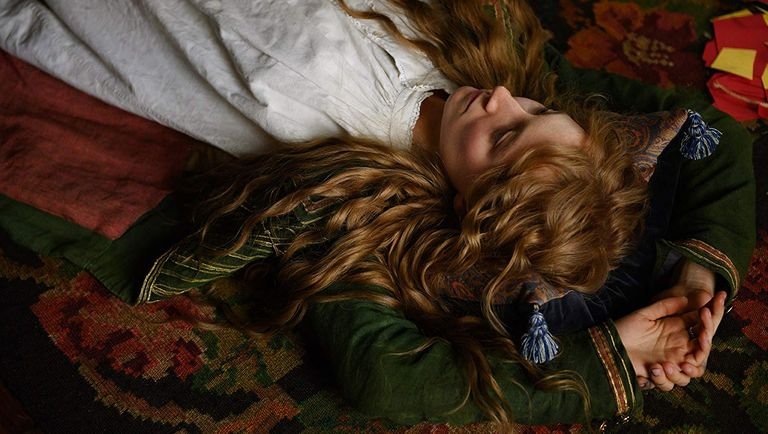

Other characters
Christian Bale (the older adaptation) and Timothée Chalamet (the new adaptation) both have beautifully performed as the young Laurie, the romantic friend of the March family and Joe’s faithful soulmate. Ladies, if you haven’t seen a very young Chris on the screen, here’s the chance to bridge the gap.
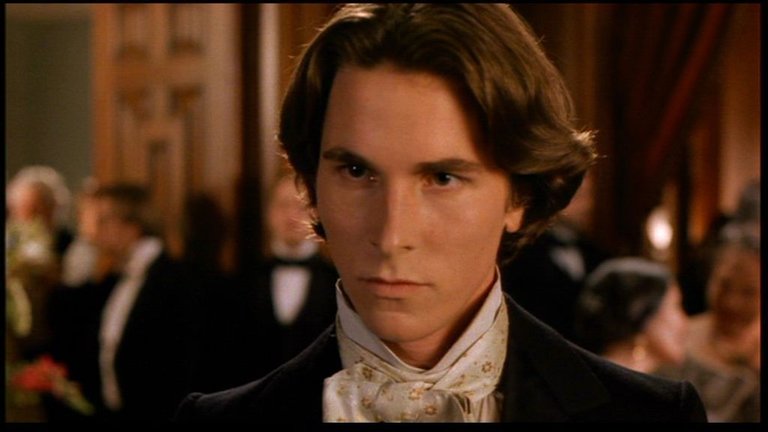
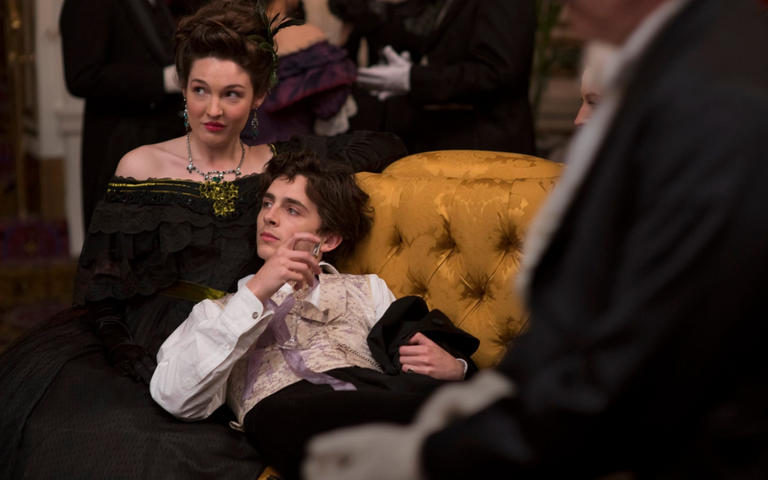
Susan Sarandon from the older movie is more impressive as the wise and caring Mrs. March than her colleague Laura Dern (it’s my personal opinion, so no offense).
Teenage Kirsten Dunst was сharming in 1994 movie as the slightly selfish, capricious 12-year-old Amy striving to become a recognized artist (the older may is played by Samantha Matis). On the contrary, Florence Pugh as the youngest sister seems a total miscast, as she even looks older than Emma Watson (who plays the eldest sister Meg). Still, she has to do childish mischiefs, throw childish tantrums and weep when the teacher hits her. Despite Florence’s acting talent, I couldn’t take her in this role seriously, and it ruined all my impression of this character.
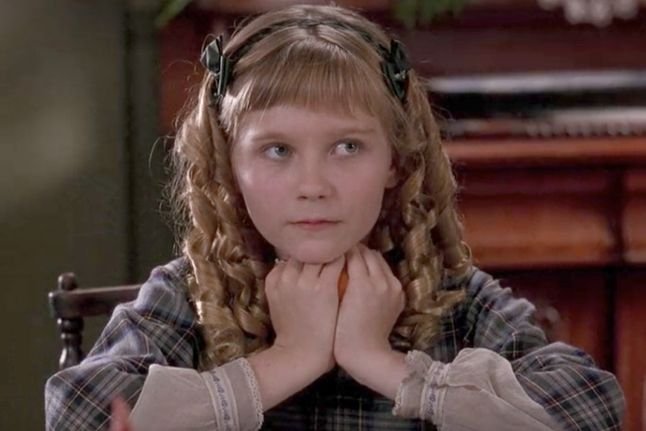
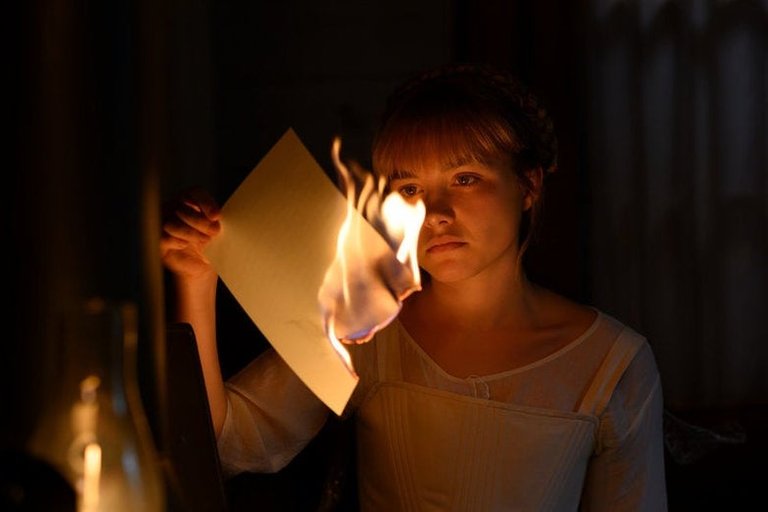
The shy little altruist Beth, played by Claire Danes in the Gillian Armstrong’s movie provokes more emotion than Eliza Jane Scanlen in Gerwig’s film. Claire’s Beth will make your eyes wet closer to the end, because you really come to love her. Eliza’s Beth, despite her beauty, is an important part of a story but not a person you might seriously feel for.
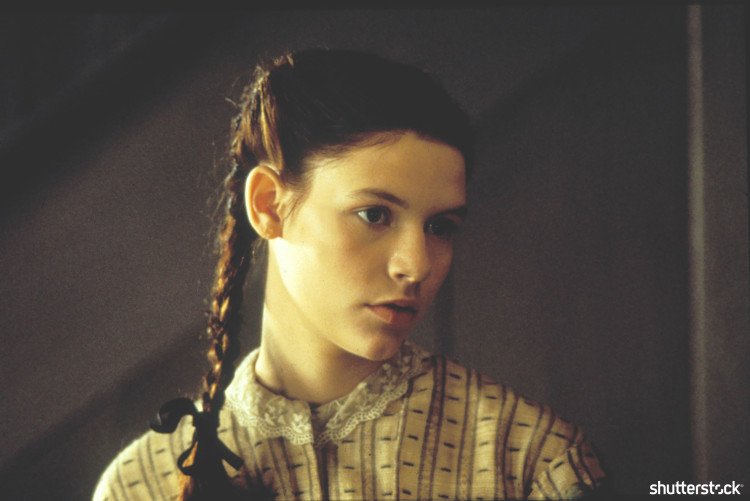
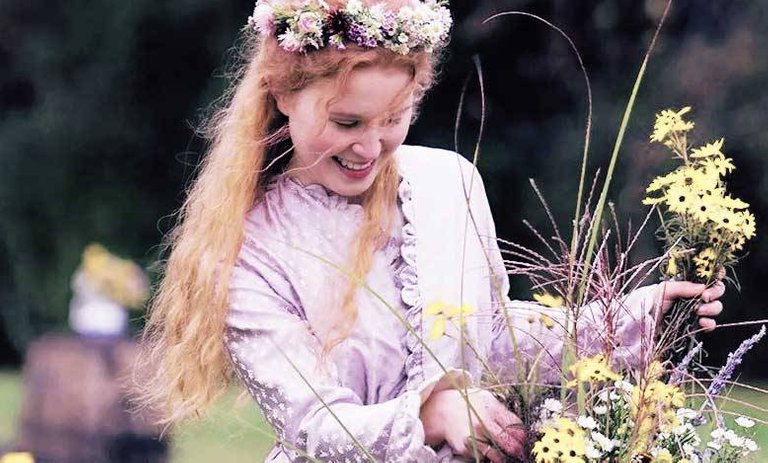
Louis Garrel and Gabriel Byrne are equally good in the role of the straightforward Professor Bhaer, I only can give my preferences to Garrel for his hotter looks, but I know that tastes differ.
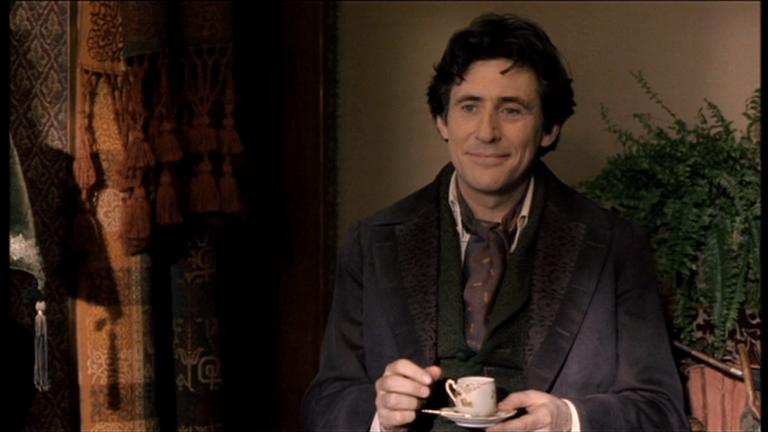

Meryl Streep nails her role of Aunt March in the 2019 version. It’s hard to find the actress who would better reflect the complexity of this character who could be both the “old witch” and the “fairy godmother”.
The atmosphere
Which movie is more true to the L.M. Alcott’s book (or the two books, to be precise)? In my opinion, it’s the one by Gillian Armstrong. The modern non-chronological storytelling by Greta Gerwig does not exactly correspond to the spirit of the novel (though I absolutely loved the opening scene in the editor’s office). The crucial subject of the imaginary pilgrimage, self-evolution and fighting our “inner enemies” is present in the case of Joe March but is almost completely missing from the stories of her sisters.
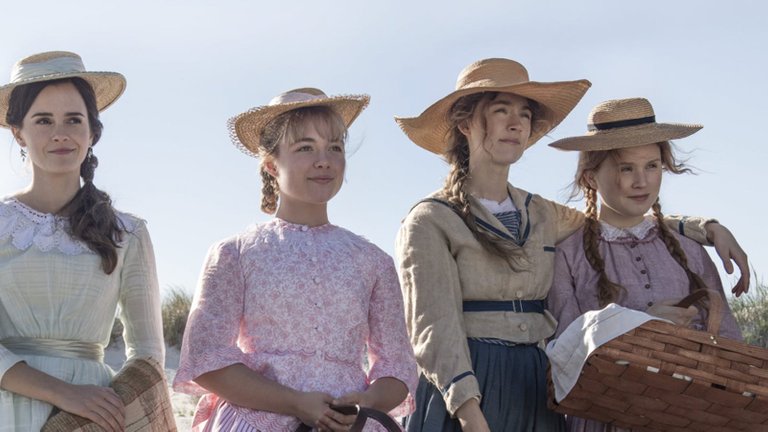
The Gerwig’s interpretation is not anymore the story of the gradual (and sometimes painful) passage from childhood to adulthood. It looks more like the story of the grown-up women whose good memories still hold them together despite jobs, marriages and kids. However, it somehow provides a deeper immersion for the viewer: you will soon have the feeling these Marches could be your neighbors. More screen time is dedicated to Jo's adult life in New York, and many young girls might think: "Hey, that could be me!"
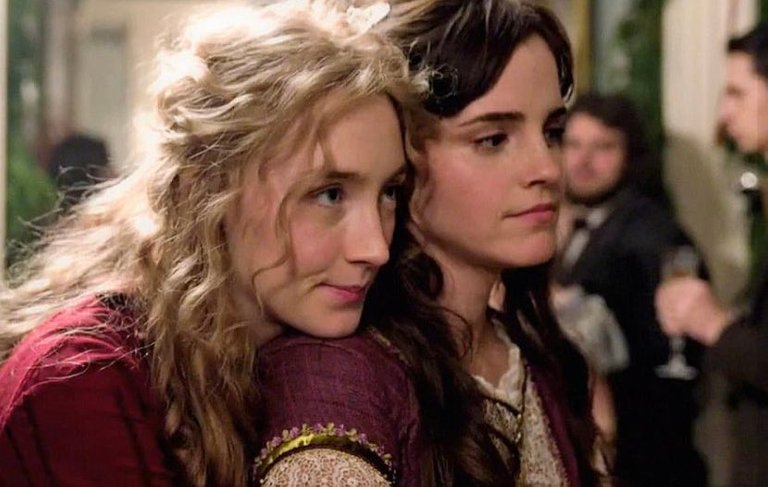
If you want to feel the cozy atmosphere of the 19-century household and enjoy the slow pace of the story, you will love the Armstrong’s adaptation more. If you want the story which relates more to our time, the 2019 film is for you. I haven’t decided which adaptation is better. I would just advise watching both once you wish to see what a good family is and how it can make the world a better place.